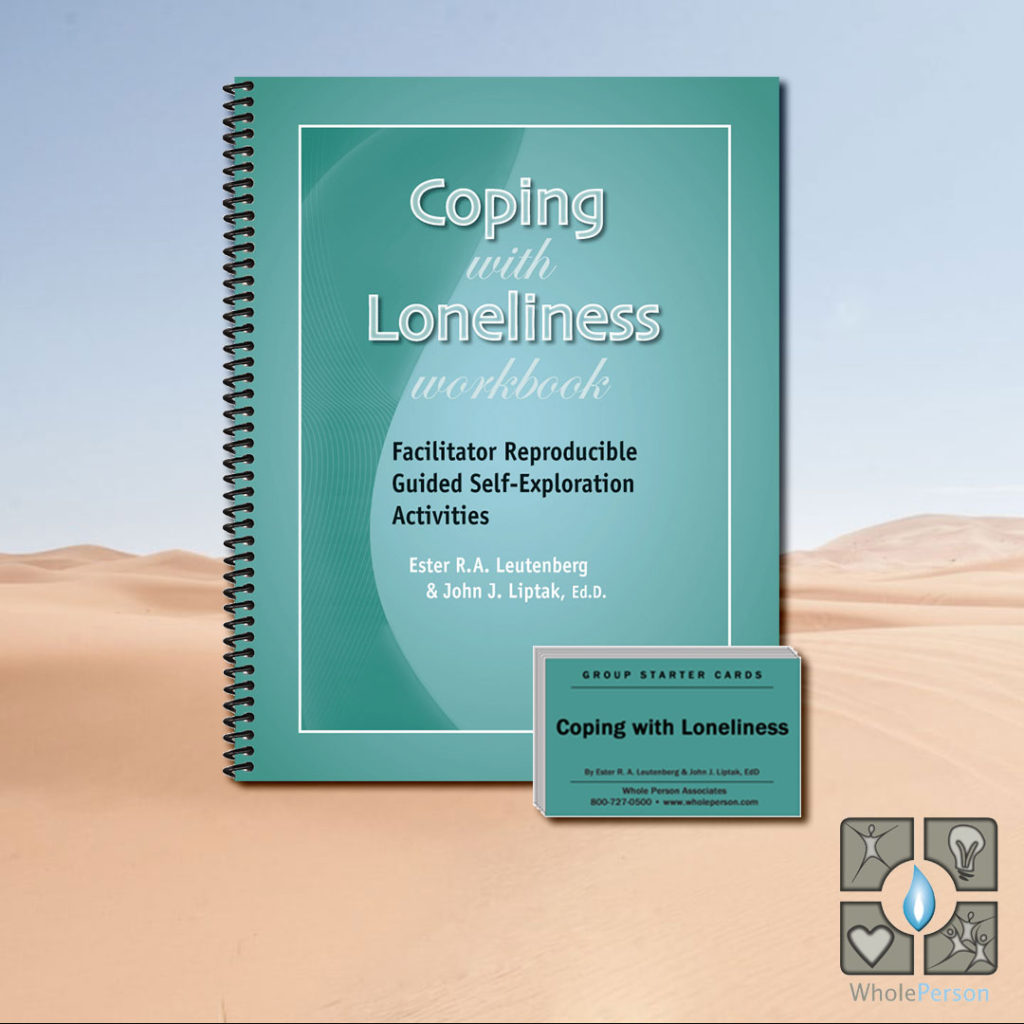In “The Loneliness Pandemic” published by The Harvard Magazine in January 2021, written by Jacob Sweet, Associate Editor, some surprising insights have come to the surface. To make sure we are all defining loneliness in the same way: “Social psychologists define loneliness as the gap between the social connections you would like to have and those you feel you experience.” (Sweet, 2021)
In the past, there has been a stigma about admitting you are lonely. “People are typically embarrassed or ashamed about loneliness because they think it ties to some kind of inadequacy or deficiency on their part,” Sweet says. But COVID-19 presents obvious reasons for people to feel lonely—involuntary isolation, quarantining, etc.—”So what’s different about this loneliness is it actually has the potential to be unifying.” (Sweet, 2021) Perhaps this is a good time to look at how lonely we are, and if we need to find a solution to our feelings.
An article by Jamie Ducharme published in Time’s May 8, 2020 issue, discussed the difficulty in diagnosing which came first, the loneliness or a larger issue of depression. You know the vicious circle: you are depressed so you withdraw socially…you don’t see anyone, so you become lonely, which leads to a deeper depression. No matter which came first, chronic loneliness is a major contributor to dementia, depression, anxiety, self-harm, heart conditions, and substance abuse. Its impact is about the same as smoking 15 cigarettes a day (Ducharme, 2020).
In their workbook, Coping with Loneliness, Ester Leutenberg and John Liptak, EdD identify two kinds of loneliness. They posit that almost everyone will experience loneliness from time to time. Different forms of loneliness exist. (Excerpts from Coping with Loneliness, Leutenberg and Liptak.)
Situational Loneliness—people feel lonely due to a situation or experience. This is a temporary situation. An example would be moving to a new city where a person does not have any friends and has not made any acquaintances. Even though this situation brings on feelings of loneliness, these feelings will naturally disappear once the person has made new friends. This state of loneliness is usually a transient form of loneliness that changes as the situation or circumstances change.
(Leutenberg & Liptak, 2014)
When the pandemic began, if we felt more lonely than usual, we could find comfort in “this too shall pass.” Most of us didn’t have a clue we would still be experiencing lockdown and self-quarantine.
Leutenberg and Liptak go on to define chronic loneliness:
Chronic Loneliness – This is a form of loneliness that persists over time, regardless of the situation or circumstances. This chronic form of loneliness usually results from having a weak or non-existent support system, a lack of social skills, shyness, and/or low self-confidence. An example would be a person who lacks the self-confidence to initiate conversations when meeting new people, or a person who fears being alone. This type of loneliness often requires the person to take action and build a new set of social skills.
A specific type of this loneliness involves people with mental health issues. Even if they have a great support system and are surrounded by those who care, their issues cause them to feel alienated and lonely. They need to see a medical professional if it continues.
They suggest we be on the lookout for these symptoms of being lonely.
As loneliness becomes a bigger problem for people at all levels of society, it is important to distinguish the specific symptoms of loneliness. Because loneliness is an extreme emotional state in which people experience powerful feelings of isolation from others, it is accompanied by a variety of thoughts and feelings. People who are lonely will exhibit many of the following symptoms:
- Crying a lot of the time
- Feeling “hollow” inside
- Feeling alienated from other people
- Feeling as if you are alone, even though you are surrounded with others
- Feeling as if you are not accepted
- Feeling as if you are not as worthwhile
- Feeling as if you are not loved
- Feeling as if you cannot make friends or build stronger relationships with acquaintances
- Feeling as if you do not have the same interests and values as those around you
- Feeling as if you have nobody with whom to share personal concerns and experiences
- Feeling cutoff or disconnected
- Feeling damaged and unloved
- Feeling empty
- Feeling lost with no direction
- Feeling physical pain akin to a “broken heart”
- Feeling sad
Leutenberg and Liptak reinforce what we read from Sweet and Ducharme. The negative feelings of loneliness can lead to a variety of other health-related concerns and stress-related conditions including heart disease, high blood pressure and stroke. In addition, it is often related to addiction, various forms of anti-social behavior, disrupted sleep patterns and various mental-health conditions. People experiencing a long-term (chronic) form of loneliness are more susceptible to experiencing these wider effects of loneliness. If your clients are experiencing any of the effects listed above, suggest they see a medical professional.
If, on the other hand, you observe the general malaise that often accompanies mild feelings of loneliness this worksheet might help expand their areas of social interaction. Click here for a free copy of My Social Circle included in Coping with Loneliness, along with many other worthwhile worksheets and handouts for the professional to use when working with their clients.
As we know, writing can be cathartic as folks struggle with many issues. The following are suggestions from Leutenberg and Liptak for writing in a “Loneliness Journal”. Click here for a printable version.
What would it be like to not feel lonely?
What could I do to change my attitude to be less lonely?
Why am I so lonely?
How can I take responsibility for being less lonely?
What steps should I now take to overcome loneliness?

